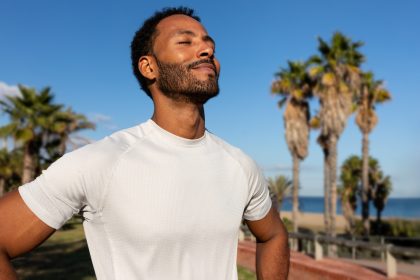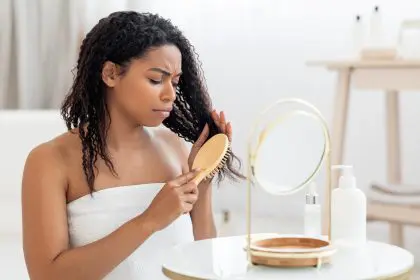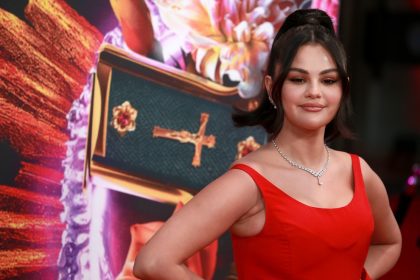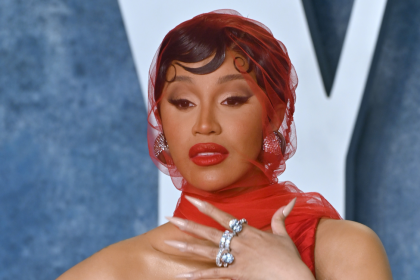 In a superficial world where visuals sometimes mean more than talent, image is everything. Well, legendary performer Dionne Warwick isn’t too happy about the image that today’s young hip-hop generation is promoting within the mainstream.
In a superficial world where visuals sometimes mean more than talent, image is everything. Well, legendary performer Dionne Warwick isn’t too happy about the image that today’s young hip-hop generation is promoting within the mainstream.
“With young ladies it’s more a mode of having [clothes] that cut down below the breast line and up above the navel. That is not what I consider ladylike or [was] taught [was] ladylike,” she said. “So, that’s what I would change [about hip-hop]: the appearance of young ladies and young men with pants hanging below their waists.”
Warwick’s criticisms of the hip-hop community are nothing new. In her autobiography, My Life, As I See It, she touches on her past issues with hip-hop when she served on the Entertainment Commission of the National Political Congress of Black Women (NPCBW) and participated in 1994 congressional hearings against violent and misogynistic gangsta rap lyrics. Warwick believes that there is no excuse for today’s generation to be misguided since there are plenty of positive role models who demonstrate class and sophistication.
 “I think they had plenty of people to emulate or seek out,” she said. “Television wasn’t just invented. People like me, Gladys Knight and Diahann Carroll have been seen enough on TV where someone should say to themselves, “Maybe that’s what I want to look like.'”
“I think they had plenty of people to emulate or seek out,” she said. “Television wasn’t just invented. People like me, Gladys Knight and Diahann Carroll have been seen enough on TV where someone should say to themselves, “Maybe that’s what I want to look like.'”
Warwick, who was praised for her elegant style during her peak in the 1960s, is pleased to note that there have been several cases of hip-hop artists who have evolved and now present a more respectable image such as Mary J. Blige.
“Mary J. Bilge, Jay-Z, [and] Diddy started out with the look and have progressed into absolute beauty. I watched Mary go to couture … from combat boots to Louboutins,” she said. “She finally decided she had found herself and progressed from there. Now there are young men with suits and ties. They dress beautifully and they think ahead and are very, very bright young people.” –souleo










